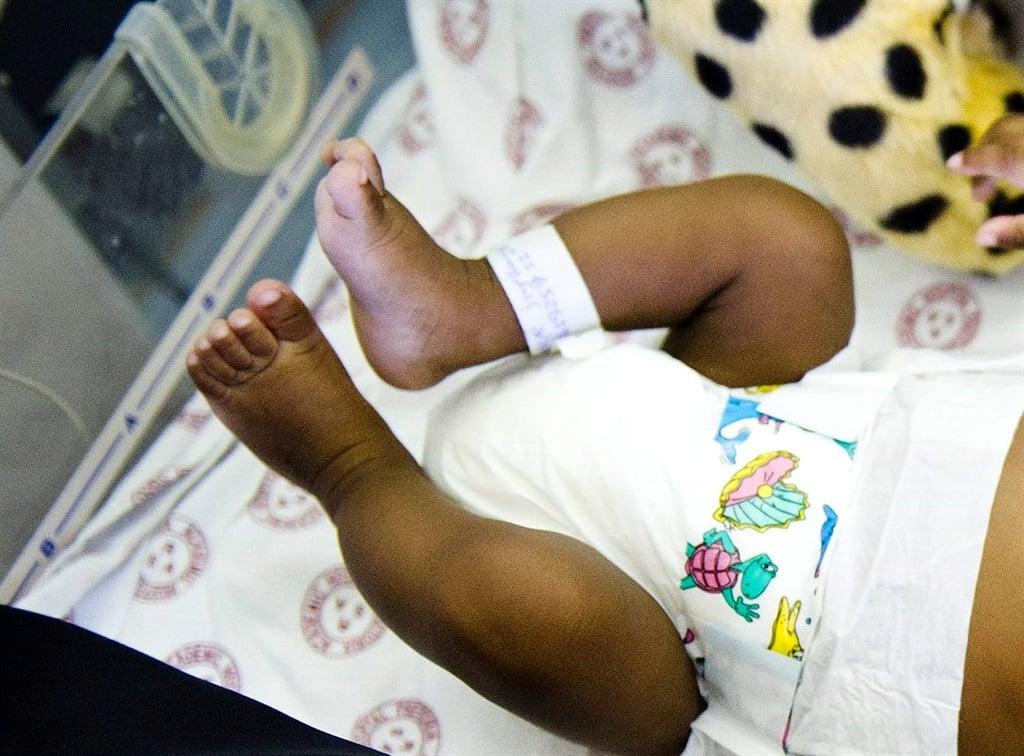Africa-Press – South-Africa. Child deaths that occur due to abuse and neglect are on the decrease, according to South African Medical Research Council research, however, the picture is grim for rural areas.
The research report revealed a decrease of around 9% in the number of children murdered in South Africa between 2009 and 2017, and that the number of child deaths that occurred due to abuse and neglect had more than halved during the eight-year period.
The report also contained a finding that children were most likely to die from abuse and neglect before the age of five. But that was the age group that also experienced the biggest decrease in deaths.
“The largest reduction in deaths from abuse and neglect has been in the killing of children in the first year of life, particularly in the killing of girl children. There has been about a 73% reduction in deaths of girls from child abuse and neglect in this age group, and a 61% reduction in deaths of boys,” the report stated.
Author of the report, Professor Naeemah Abrahams, said it showed clear evidence that “change is happening”.
She said child deaths through murder showed little change, but that there was a dramatic shift in child deaths as a result of abuse and neglect.
Abrahams said:
She added that child abandonment was often driven by desperation and poverty, because parents feel they are unable to support and care for their children.
She speculates that the child support grant could have played a role in the decrease of child deaths due to abuse and neglect, on the basis of “many other studies” that have shown the benefits of the grant.
“Research shows the grant has given people dignity, allowed them to buy food, and provided a constant income. The grant might seem very little, but if you have four children you would have R1 000 to buy them mielie pap,” she said.
“There’s not any evidence to say there is a link, but we think that’s the likely reason.”
Another factor that could have led to the decrease in deaths is increasing awareness on baby shelters, Abrahams said.
She says organisations have been lobbying for mothers to make use of safer alternatives if they want to give up their children, such as shelters or adoption services.
She said:
Operations director of the Door of Hope Children’s Mission and Baby Savers SA, Nadene Grabham, said estimates indicate that around 3 000 children survive abandonment every year.
For every one baby found alive, two more are found dead, she said.
There are also likely scores of babies that are never found, Grabham added.
She said a big driver of child abandonment was poverty, and many more organisations in South Africa are now providing parents with support, through food parcels and baby care packs.
While the sector will always advocate for family preservation, there are safe options for mothers who want to give their children up for adoption, she said.
However, according to the report, the majority of cases in which children die of abuse or neglect take place in rural areas and the number in rural areas has increased.
In 2009, around 58% of deaths from abuse and neglect occurred in rural areas. This increased to almost 70% in 2017, the report found.
Abrahams said it could be due to higher levels of poverty in rural areas and a lack of access to services.
“It could be that access to grants is different and the rollout has not happened as fast in rural areas,” she said.
Abrahams pointed to a lack of access to social grants offices and sexual reproductive health services, as well as higher levels of poverty and unemployment as some of the factors that could affect the number of child deaths.
Abrahams said:
Grabham added that rural areas very often don’t have shelters or adoption services for mothers who are unable to care for their babies.
She referenced a recent case in which a mother’s nearest crisis pregnancy service was more than 300km away.
“Rural areas face poverty so much more than urban areas, yet help is so far away. Many communities don’t have access to social services, despite being the areas that need it most.”
For More News And Analysis About South-Africa Follow Africa-Press






